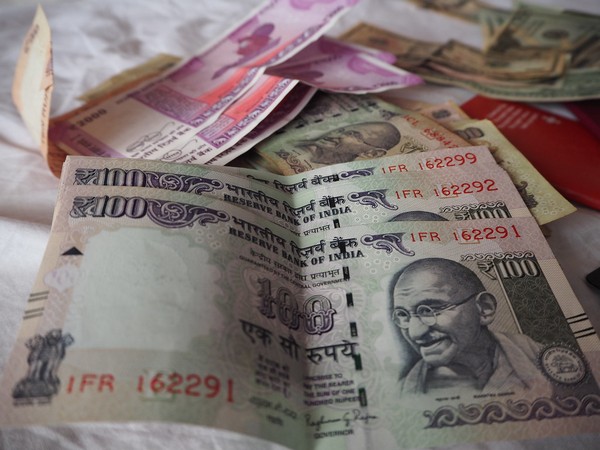NEW DELHI: The Indian rupee hit record lows against the US currency on Tuesday after higher oil prices raised concerns of sustained inflation, although intermittent dollar selling by the central bank helped limit losses.
The Indian rupee dropped as much as 0.6 per cent to 78.775 versus the dollar, surpassing a previous all-time low of 78.39 hit last week. Its key equities index, the Nifty 50, also fell 0.4pc.
India imports more than two-thirds of its oil requirements, and higher crude prices add to the country’s trade and current account deficits (CAD) and hurt the rupee by pushing up imported inflation.
“With crude rising yet again, we could see rupee head towards 79-79.50 levels in the next week or so depending on what the central bank does,” a senior trader at a private bank said.
Oil prices rallied for a third day as major producers Saudi Arabia and the United Arab Emirates looked unlikely to be able to boost output significantly, while political unrest in Libya and Ecuador added to supply concerns.
Dealers said the Reserve Bank of India has been intermittently selling dollars via state-run banks to prevent runaway losses in the rupee, but dollar demand in the system was far stronger.
Global dollar funding stress is evident through the widening LIBOR-OIS spread, and in the domestic market, RBI’s heavy forwards market intervention has compounded the problem of cash dollar shortage, analysts said.
The RBI has been selling forward dollars to avoid infusing rupee liquidity in the system and that has led to the one-year onshore forward dollar premiums collapsing to below 3%.
“Dislocation in forward rates, falling FX cover, persistently high commodity prices, limited exchange rate pass-through to inflation and elevated INR valuations may call for the RBI to re-orient its FX intervention strategy,” said Madhavi Arora, an economist at Emkay Global.
“Allowing INR to gently weaken over time is the right strategy, giving CAD space to improve,” she added.
Jigar Trivedi, a research analyst at Anand Rathi Shares and Stock Brokers, said he expects the rupee to depreciate towards 80-81 per dollar levels by the year-end weighed down by the twin deficits and rising interest rate differentials.
The Indian currency and equities were pressured by worries that a rise in crude prices will exacerbate already high inflation. The country is a major importer of the commodity.
“Divergence in Fed-(Bank Indonesia) policy stances, as well as recent decline in (crude palm oil) prices weighing on trade balances, could be supportive of USD-IDR (in the) near term”, analysts at Maybank said.
Palm oil prices in Indonesia, the world’s top exporter of vegetable oil, have been inching lower on expectations of higher production and fears of a recession. Other Asian currencies, meanwhile, logged modest gains due to a weaker greenback.
The US currency is set for a third straight day of losses. Upbeat economic cues from the United States also drove some buying.
“The market was nervous at the earlier part of last week, but risk markets started to stabilise. That led to a bit of a dollar pullback”, Bank of Singapore FX strategist Moh Siong Sim said.
The Thai baht rose as much as 0.7pc to hit a near two-week high, while the Malaysian ringgit rose 0.2pc.
Gains in the baht were fuelled by Thailand’s finance minister saying the economy will grow about 3.5pc this year, helped by foreign tourist arrivals.
Thai stocks rose 0.5pc. China’s yuan also recovered from earlier losses and settled about 0.1pc higher, after the country cut quarantine time for international visitors.
In the Philippines, the Bureau of the Treasury rejected all the bids it got for an offer of T-bonds maturing in 2029, because of the higher rates offered.
Meanwhile, local media reported the Supreme Court rejected a petition to disqualify President-elect Ferdinand Marcos, who is set to be officially sworn in on Thursday.
The peso wobbled at around 54.86 to 54.60 to the dollar, but settled around 54.70, a 0.1pc gain on the day.
Maybank FX strategist Yanxi Tan attributed the move to technical indicators suggesting the peso may be oversold rather than the Supreme Court decision.
Stocks across Asia traded mixed, with markets in the Philippines and South Korea rising 1.7pc and 0.8pc, respectively, while those in Singapore lost 0.1pc.
























